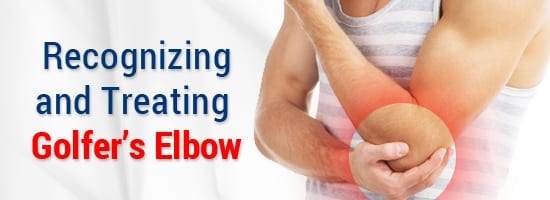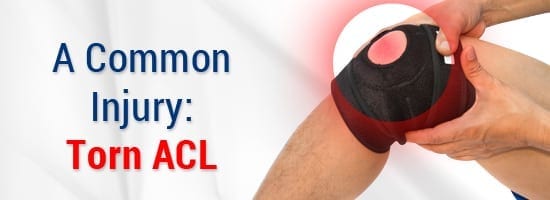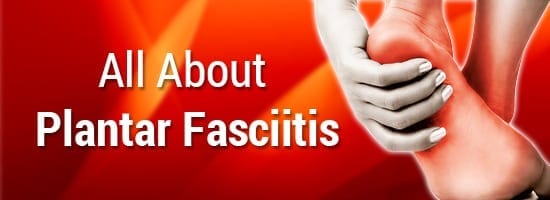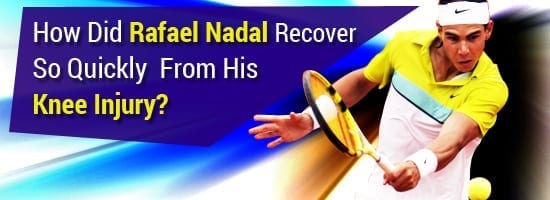
Recognizing and Treating Golfer’s Elbow
Golfer’s elbow is a form of tendinitis and generally occurs in those that are older than 35 years of age. Golfer’s elbow is different from tennis elbow—it affects the inner part of the elbow while tennis elbow affects the outer part of the elbow.
What are the symptoms of golfer’s elbow?
Golfer’s elbow is characterized by pain on the inner side of the elbow that can travel to the forearm and wrist. There can also be tingling of fingers, usually the pinkie and ring finger. The elbow can feel stiff and it may hurt to make a fist. Additionally, there may be pain when you rotate your wrist inward or grip something with your hand, along with weakness in the wrist and pain when you flex your wrist down.
What causes golfer’s elbow?
Golfer’s elbow is caused by damage to the muscle and tendons that control your wrist and fingers. It takes repeated use of bending the elbow and overuse of the muscles and tendons of the forearm to cause damage that leads to this condition. Golfer’s elbow gets its name because repeatedly playing golf is an example of the activity that can lead to the condition. Other activities, like carpentry, can also result in golfer’s elbow.
How is golfer’s elbow treated?
Rest is important for rehabilitation. You should try to avoid any movements that are painful and especially avoid the repeated activity that led to developing golfer’s elbow, if at all possible. Ice therapy and over-the-counter medications can be helpful. Your orthopedic doctor might recommend use of a special brace that will help reduce strain and movement of your elbow.
When should I see a doctor for golfer’s elbow?
If left untreated, your elbow pain can become chronic and result in limited use of your elbow. You should see your doctor for any type of elbow pain in order to rule out serious conditions, especially if your elbow is hot or inflamed.






